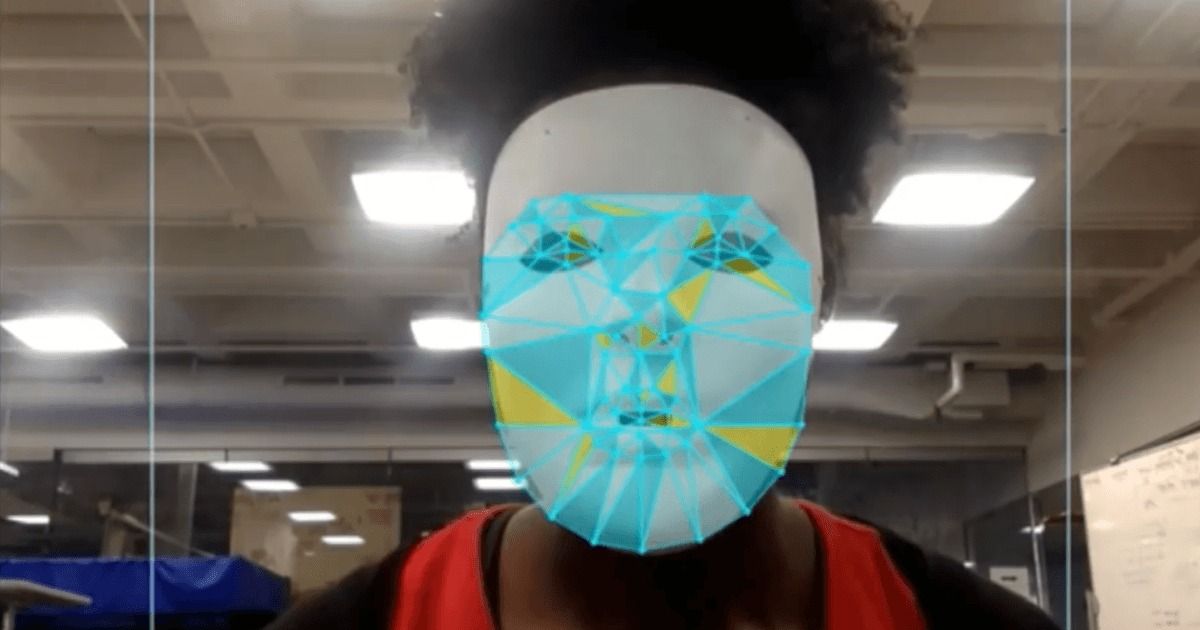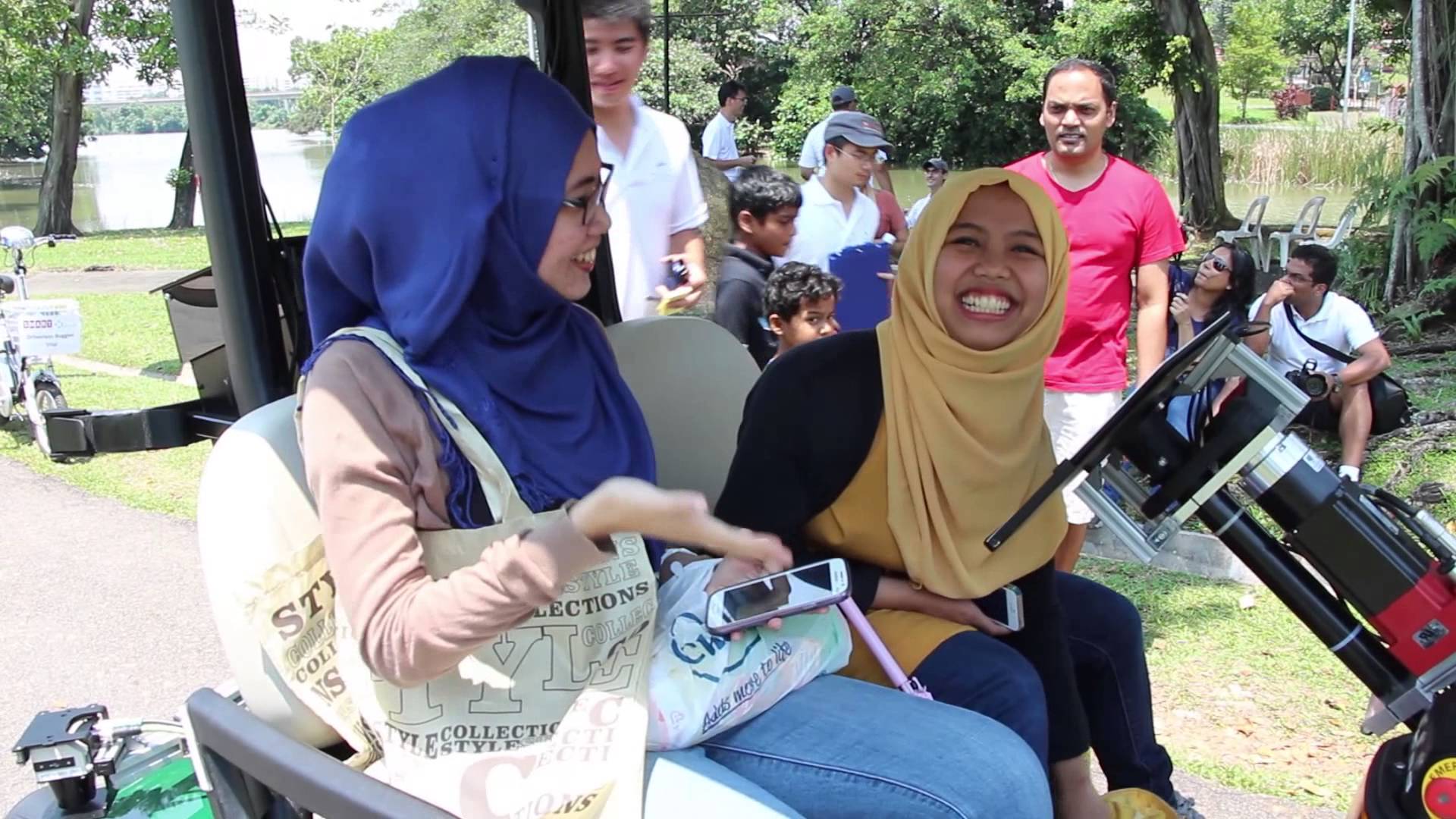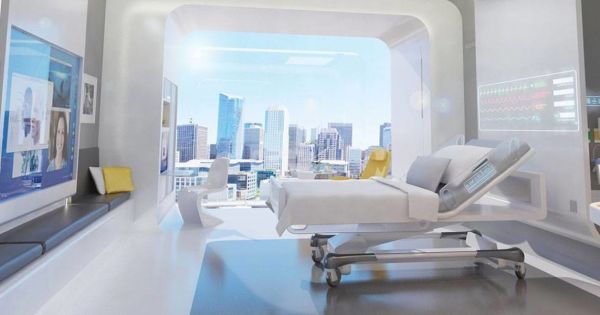In Brief:
- Even though AI systems creating AI systems seems like the recipe for a Sci-Fi nightmare, experts agree that it could create a future with a less expensive and more efficient workforce
- The benefits of an AI-powered future might be outweighed by the jobs that the technology makes obsolete
Imagine the conflicted feelings of the machine learning expert who is creating artificial intelligence (AI) that they know will one day, possibly very soon, be able to create better AI than them. It’s the new age’s way of holding on to the time-honored tradition of having to train your own replacement. Machine learning experts are currently being paid a premium wage due to their limited numbers and the high demand for their valuable skills. However, with the dawn of software that is “learning to learn,” those days may be numbered.









